My Unbounce playlist so you can find every important piece you need: https://www.youtube.com/watch?v=p6JljKqlwFc&list=PLS46f4aLJ2hOdr6ZRw-9cnSXVWfa0r86i
If you want to try out Unbounce yourself for free for 14 days and then get 20% off for the next 3 months after the 1-month free trial, sign up using my link:
https://unbounce.grsm.io/ivan?sid=u-facebook2020-1
Link to my Facebook Ads playlist:
https://www.youtube.com/watch?v=qMmQulZxhxM&list=PLS46f4aLJ2hPG5J4MiEPg6cd7FRrYScd0&index=1
And if you need help with a specific issue and want me to personally take a look at your setup, I can help! Check out the 'My Services' section of my blog: https://amarketingessentials.com/my-services/
Hello everyone!
In this video, I walk you through the entire step-by-step process for creating your first Facebook Ads Campaign from start to finish. This is the most updated and recent guide, so you shouldn't find anything too different on your own end when following me.
I would recommend you follow along with me as I'll be providing you with some detailed and thorough tips along the way. So let's get started!
(1) First, you have to obviously create your Facebook Ads account.
First, create or sign up for a regular Facebook user account. Then, create a Facebook for Business account here: business.facebook.com
And follow the steps needed to create your account. If you are familiar with a Google MCC, this is similar to a Facebook MCC.
(2) After you create your Facebook for Business account, you have to first create an actual ad account and also create a Facebook page. Both are necessary before you can begin advertising.
When you are first starting off, you might not be able to create too many Facebook ad accounts, and might be limited to 1 or 2. But that's OK because as you keep advertising, you will be able to add more and more.
After you create an ad account, you need to create a Facebook page. Facebook is huge on social proof, so take some time to create a good-looking page because once you start advertising, there will be people who are going to click on your page and see what you are about before they can trust you...
(3) Once you do all that, we can finally get to the actual campaign creation process.
Creating a campaign involves 3 steps - the campaign, ad set, and actual ad.
At the campaign level, you just determine your campaign objective and set the budget if you decide to go with the budget optimization option. This option evenly splits the budget across your ad sets in a way that doesn't exceed a specific amount.
If you are just starting out, you will probably start with the "Traffic" campaign objective and that's the default for most advertisers when they are just starting out.
Once you get that set up, just click "save to draft" and let's move on to the ad set level!
(4) Now we can move on to the ad set level.
Here you would set your age, gender, location, device, interest group, and so on.
If you create some custom audiences, you can add them here as well.
You can leave the demographics and location to "all" just to see what combination Facebook will find for you to be the most profitable as well if you prefer.
But the main research part of Facebook (like keywords with Google Ads) comes from the interest targeting.
You can either laserfocus and really narrow down your target audience to certain interest groups such that ALL the interest groups must be met for the ad to show, or you can select one interest group at a time and then split test all the different ad sets against each other.
In our example, we go ahead and lasertarget our audience to contain 3 interest groups.
You can go ahead and play around with the different device and bidding options below this as well.
After you do all that, you can go back to the top and change the title to reflect everything that can be changed at this ad set level - namely the demographics, location, device, interest groups, etc..
This is done because later on when you create a ton of split test variations, you will need to be able to quickly reference what each ad set consists of, so creating a name that suits what it is made of will be incredibly helpful.
(5) Last but not least, we arrive at the ad level.
This is fairly straight-forward and you just go down the list and fill in the blanks.
Unlike Google Ads, the first thing people see with Facebook Ads is the "description" text, so I like to hook the audience in the first sentence with a question and some emojis.
Facebook also has a partnership with Stock Photos, so you can also get some high-quality images to use in your ad copy.
That's it!
If you want to try out Unbounce yourself for free for 14 days and then get 20% off for the next 3 months after the 1-month free trial, sign up using my link:
https://unbounce.grsm.io/ivan?sid=u-facebook2020-2
Like my Facebook page! https://www.facebook.com/onlinemarketingessentials
Also be sure to check out my blog at https://www.amarketingessentials.com
If you want to try out Unbounce yourself for free for 14 days and then get 20% off for the next 3 months after the 1-month free trial, sign up using my link:
https://unbounce.grsm.io/ivan?sid=u-facebook2020-1
Link to my Facebook Ads playlist:
https://www.youtube.com/watch?v=qMmQulZxhxM&list=PLS46f4aLJ2hPG5J4MiEPg6cd7FRrYScd0&index=1
And if you need help with a specific issue and want me to personally take a look at your setup, I can help! Check out the 'My Services' section of my blog: https://amarketingessentials.com/my-services/
Hello everyone!
In this video, I walk you through the entire step-by-step process for creating your first Facebook Ads Campaign from start to finish. This is the most updated and recent guide, so you shouldn't find anything too different on your own end when following me.
I would recommend you follow along with me as I'll be providing you with some detailed and thorough tips along the way. So let's get started!
(1) First, you have to obviously create your Facebook Ads account.
First, create or sign up for a regular Facebook user account. Then, create a Facebook for Business account here: business.facebook.com
And follow the steps needed to create your account. If you are familiar with a Google MCC, this is similar to a Facebook MCC.
(2) After you create your Facebook for Business account, you have to first create an actual ad account and also create a Facebook page. Both are necessary before you can begin advertising.
When you are first starting off, you might not be able to create too many Facebook ad accounts, and might be limited to 1 or 2. But that's OK because as you keep advertising, you will be able to add more and more.
After you create an ad account, you need to create a Facebook page. Facebook is huge on social proof, so take some time to create a good-looking page because once you start advertising, there will be people who are going to click on your page and see what you are about before they can trust you...
(3) Once you do all that, we can finally get to the actual campaign creation process.
Creating a campaign involves 3 steps - the campaign, ad set, and actual ad.
At the campaign level, you just determine your campaign objective and set the budget if you decide to go with the budget optimization option. This option evenly splits the budget across your ad sets in a way that doesn't exceed a specific amount.
If you are just starting out, you will probably start with the "Traffic" campaign objective and that's the default for most advertisers when they are just starting out.
Once you get that set up, just click "save to draft" and let's move on to the ad set level!
(4) Now we can move on to the ad set level.
Here you would set your age, gender, location, device, interest group, and so on.
If you create some custom audiences, you can add them here as well.
You can leave the demographics and location to "all" just to see what combination Facebook will find for you to be the most profitable as well if you prefer.
But the main research part of Facebook (like keywords with Google Ads) comes from the interest targeting.
You can either laserfocus and really narrow down your target audience to certain interest groups such that ALL the interest groups must be met for the ad to show, or you can select one interest group at a time and then split test all the different ad sets against each other.
In our example, we go ahead and lasertarget our audience to contain 3 interest groups.
You can go ahead and play around with the different device and bidding options below this as well.
After you do all that, you can go back to the top and change the title to reflect everything that can be changed at this ad set level - namely the demographics, location, device, interest groups, etc..
This is done because later on when you create a ton of split test variations, you will need to be able to quickly reference what each ad set consists of, so creating a name that suits what it is made of will be incredibly helpful.
(5) Last but not least, we arrive at the ad level.
This is fairly straight-forward and you just go down the list and fill in the blanks.
Unlike Google Ads, the first thing people see with Facebook Ads is the "description" text, so I like to hook the audience in the first sentence with a question and some emojis.
Facebook also has a partnership with Stock Photos, so you can also get some high-quality images to use in your ad copy.
That's it!
If you want to try out Unbounce yourself for free for 14 days and then get 20% off for the next 3 months after the 1-month free trial, sign up using my link:
https://unbounce.grsm.io/ivan?sid=u-facebook2020-2
Like my Facebook page! https://www.facebook.com/onlinemarketingessentials
Also be sure to check out my blog at https://www.amarketingessentials.com
- Catégories
- E commerce Divers





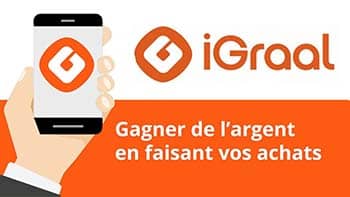


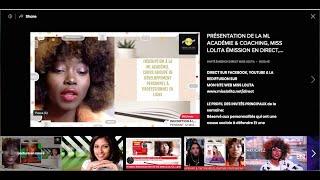
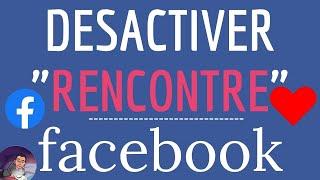
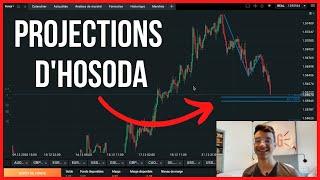


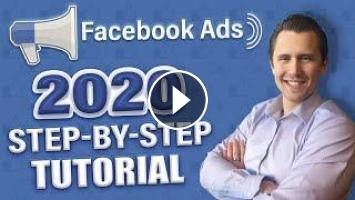
Commentaires